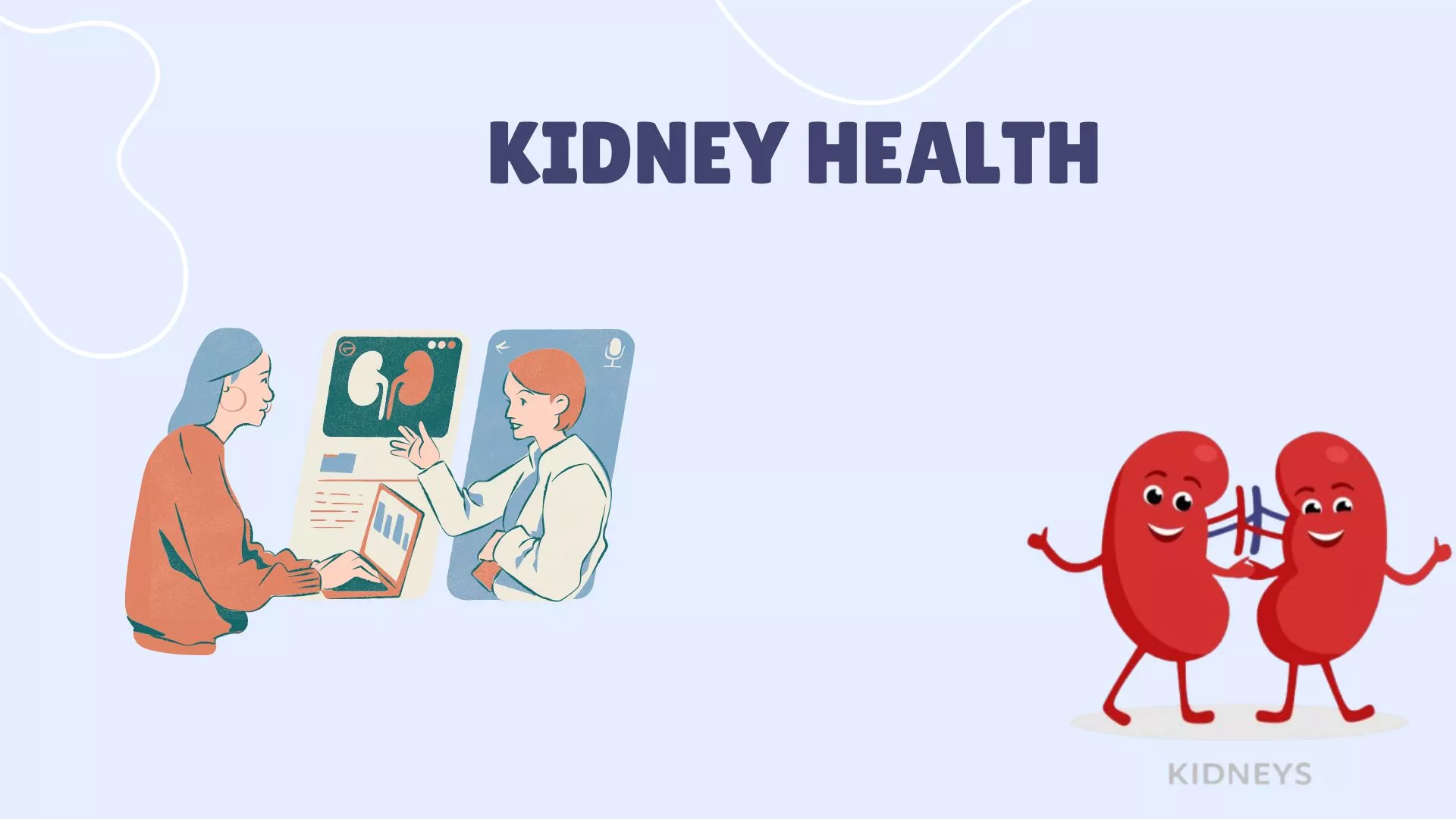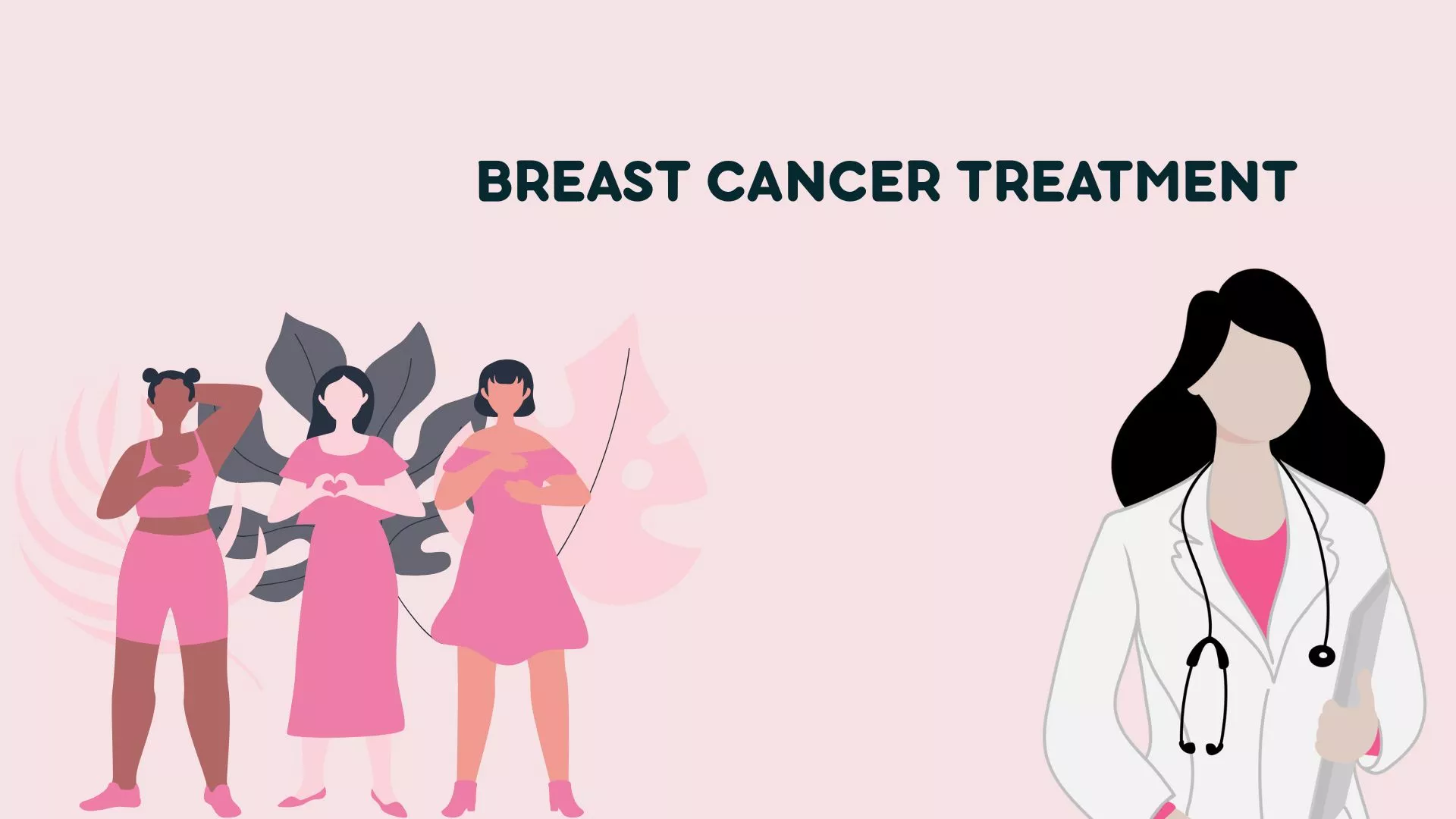How does BDD begin?
BDD affects men and women equally. It usually begins during the teen years or early adulthood. The most common concerns of a BDD patient are his/her skin imperfections, hair, facial features, body weight, body shape and even body odour.
What are the signs of Body Dysmorphic Disorder?
- Recurring and distressing thoughts, fear/ seeing images (hallucinations) that they cannot control
- Feeling anxious when around people
- Performing certain rituals or routines (compulsions) such as looking in a mirror, picking at the skin, and trying to hide or cover up the perceived defect
- Constantly looking for reassurance that the defect is not visible or too obvious
- Affects life at work, or in relationships due to the inability to stop obsessing about the perceived defect
What triggers Body Dysmorphic Disorder?
- Traumatic events or an emotional conflict during childhood
- Parents and peers who were critical of a person’s appearance
- Low self-esteem
People with BDD need medical and social support. A person with BDD should be shown the “real picture” and taught to respect himself/ herself for what he/she is. A Psychiatrist can help manage the problem medically, which otherwise can worsen to an extent that the patient loses self confidence, completely.





